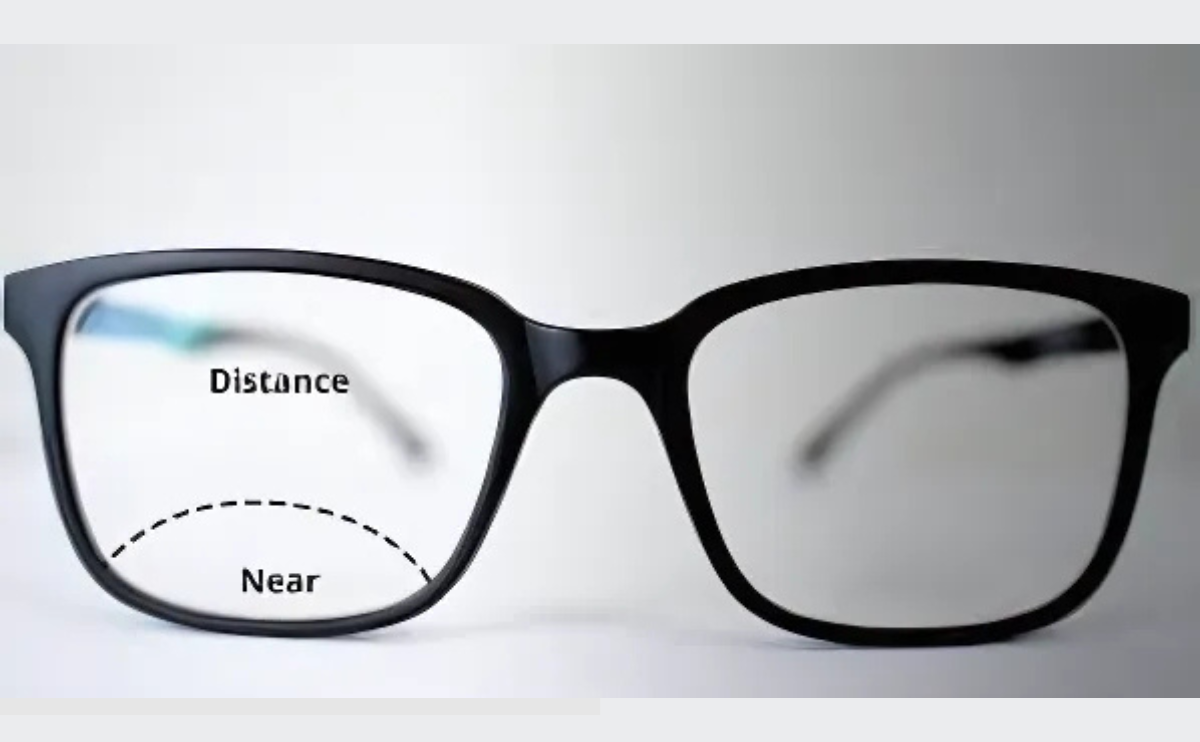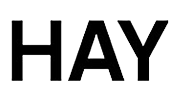Bifocal lenses have been around for centuries, providing people with a solution for presbyopia — a condition that affects most people over the age of 40, where the eye’s ability to focus on close objects diminishes. These lenses are designed to help individuals who need both near and distance vision correction. In this blog post, we’ll cover what bifocal lenses are, how they work, and their benefits.
What Are Bifocal Lenses?
Bifocal lenses are eyeglass lenses that have two distinct optical powers. The upper part of the lens is designed for distance vision, while the lower part is used for near vision (like reading). This design allows the wearer to see clearly at both far and near distances without needing to switch between different pairs of glasses.
Bifocal lenses are known for their visible line that separates the two prescriptions, which is one of the key characteristics that differentiates them from progressive lenses (which do not have a visible line).
How Do Bifocal Lenses Work?
Bifocal lenses work by dividing the lens into two distinct sections:
- The Top Section: This part of the lens is used for distance vision. It corrects issues like nearsightedness (myopia), allowing the wearer to see clearly at a distance (e.g., watching TV, driving, or recognizing faces).
- The Bottom Section: The lower part of the lens is for close-up vision, such as reading or looking at a computer screen. It helps correct farsightedness (presbyopia), which is common as we age.
The transition between these two areas is not gradual — it’s an immediate change, and there is a visible line that separates the two powers of the lens. This visible line is what differentiates bifocals from progressive lenses, which provide a smooth transition between prescriptions.
Types of Bifocal Lenses
There are a few different types of bifocal lenses, each with specific features to address the unique needs of the wearer:
- Flat-Top Bifocals (D-segment):
- The most common type of bifocal lens. The near-vision section is shaped like a half-moon or “D” at the bottom of the lens. It is typically used for general reading or close-up tasks.
- Round Segment Bifocals:
- A round-shaped near-vision segment placed at the bottom of the lens. This design is typically used for tasks that require a wider field of view for reading.
- Executive Bifocals:
- These lenses have a very large near-vision section that spans the entire width of the lens, making them ideal for those who frequently read or work up close.
- Invisible Bifocals:
- These lenses are designed to hide the dividing line between the near and far sections. While they still offer two prescriptions, the line is less visible than in traditional bifocal lenses.
Benefits of Bifocal Lenses
- Convenience: Bifocal lenses eliminate the need for multiple pairs of glasses. Wearers can use the same pair for both near and far vision, making it easier to transition between different activities.
- Cost-Effective: Instead of purchasing separate glasses for distance and reading, bifocal lenses provide a two-in-one solution. This can be a more economical choice, especially for those who need both prescriptions.
- Improved Vision: Bifocal lenses correct both near and far vision, allowing individuals with presbyopia or other vision issues to enjoy improved clarity at all distances. No more straining your eyes to read or look at far-off objects!
- Aesthetics: Though the visible line may be considered a drawback for some, it can also be seen as a classic design feature. Plus, bifocals allow for clearer vision without needing bulky, separate glasses.
- Versatility: Bifocal lenses are versatile and can be used for different activities. Whether you need them for reading, working on a computer, driving, or enjoying sports, bifocals allow you to comfortably perform a variety of tasks without needing to change glasses.
Drawbacks of Bifocal Lenses
While bifocal lenses have many advantages, they do come with a few drawbacks to consider:
- Visible Line: The most obvious disadvantage of bifocal lenses is the visible line that separates the two prescriptions. Some people find this line distracting or aesthetically unpleasing.
- Limited Intermediate Vision: Bifocal lenses don’t provide a smooth transition between distances. The middle or “intermediate” vision area is somewhat limited. For tasks that require clear vision at an intermediate distance (like using a computer), you might struggle with clarity.
- Adaptation Period: Some wearers may experience an adjustment period when first using bifocals. The immediate jump between near and distance prescriptions can feel a little disorienting at first, especially if you’re not used to having multiple vision zones in one lens.
- Not Ideal for All Users: While bifocal lenses are great for people with presbyopia, those who only need distance vision correction or who have specific visual needs (like for sports) may benefit from other types of lenses, such as progressive lenses.
Who Should Consider Bifocal Lenses?
Bifocal lenses are typically recommended for people with presbyopia — those who experience difficulty focusing on close objects as they age. If you’re over 40 and are finding it harder to read small print or see objects up close, bifocal lenses may be the right solution for you.
They’re also beneficial for people who want a two-in-one solution to near and distance vision, without the hassle of switching between reading glasses and regular glasses.
Bifocal Lenses vs. Progressive Lenses
While bifocal lenses work for many people, some individuals prefer progressive lenses. Progressive lenses offer a more gradual transition between different prescription strengths, providing a clearer, uninterrupted field of vision at all distances (near, intermediate, and far).
Unlike bifocals, which have a visible dividing line, progressive lenses don’t show any visible line, offering a more seamless, natural experience. However, they can take some time to adjust to and may be more expensive than bifocal lenses.
Conclusion
Bifocal lenses are a time-tested solution for people who need correction for both distance and near vision. They are especially beneficial for those with presbyopia, as they allow for clear vision without needing multiple pairs of glasses. While they have some limitations, such as the visible line and limited intermediate vision, bifocals can be a practical, cost-effective choice for individuals looking for a convenient two-in-one solution.
Before making a decision, it’s essential to consult with an eye care professional to determine the best lens type for your specific vision needs and lifestyle. Whether you choose bifocal lenses or progressive lenses, taking care of your eyes and choosing the right eyewear is essential for maintaining long-term eye health and comfort.










